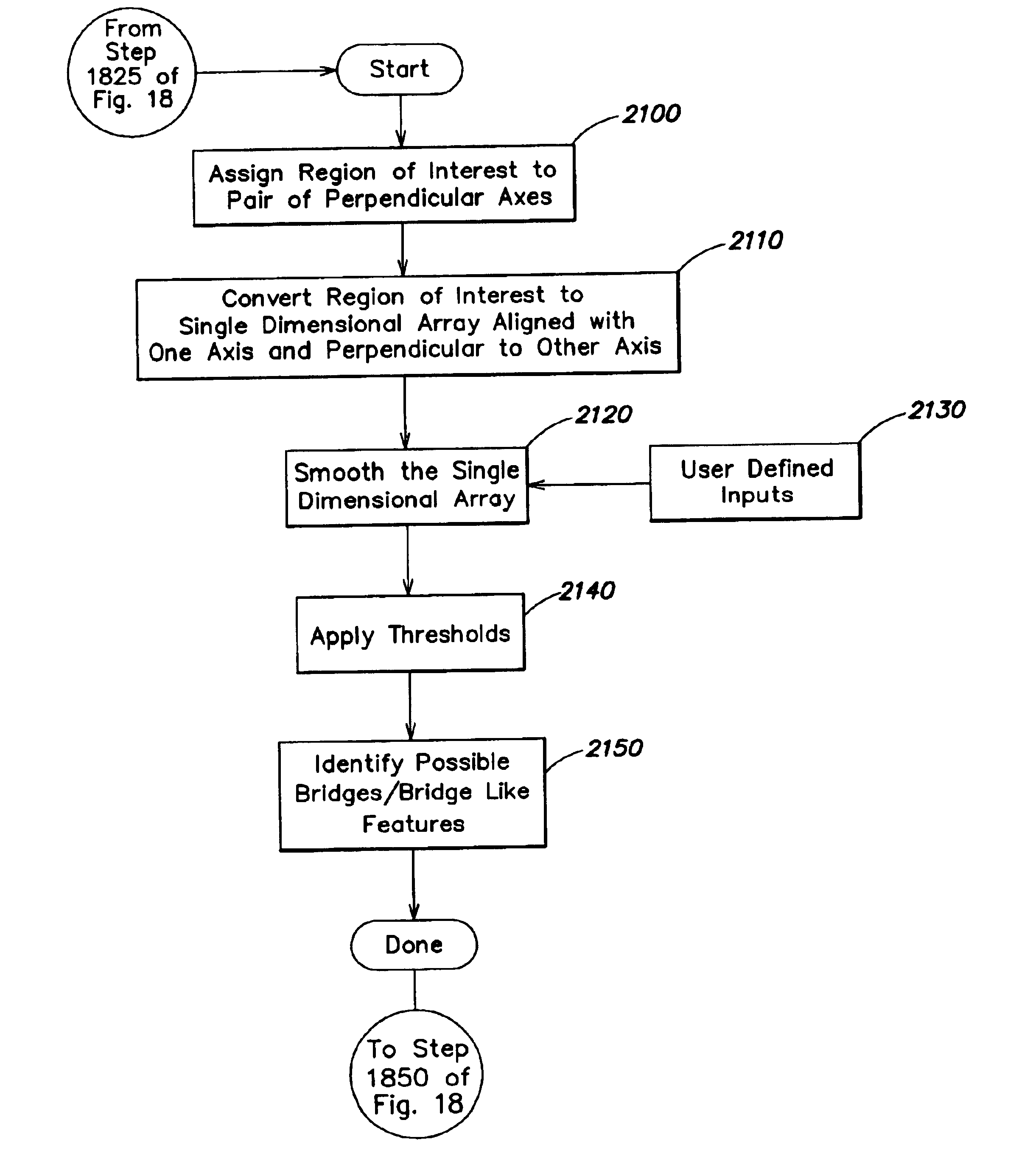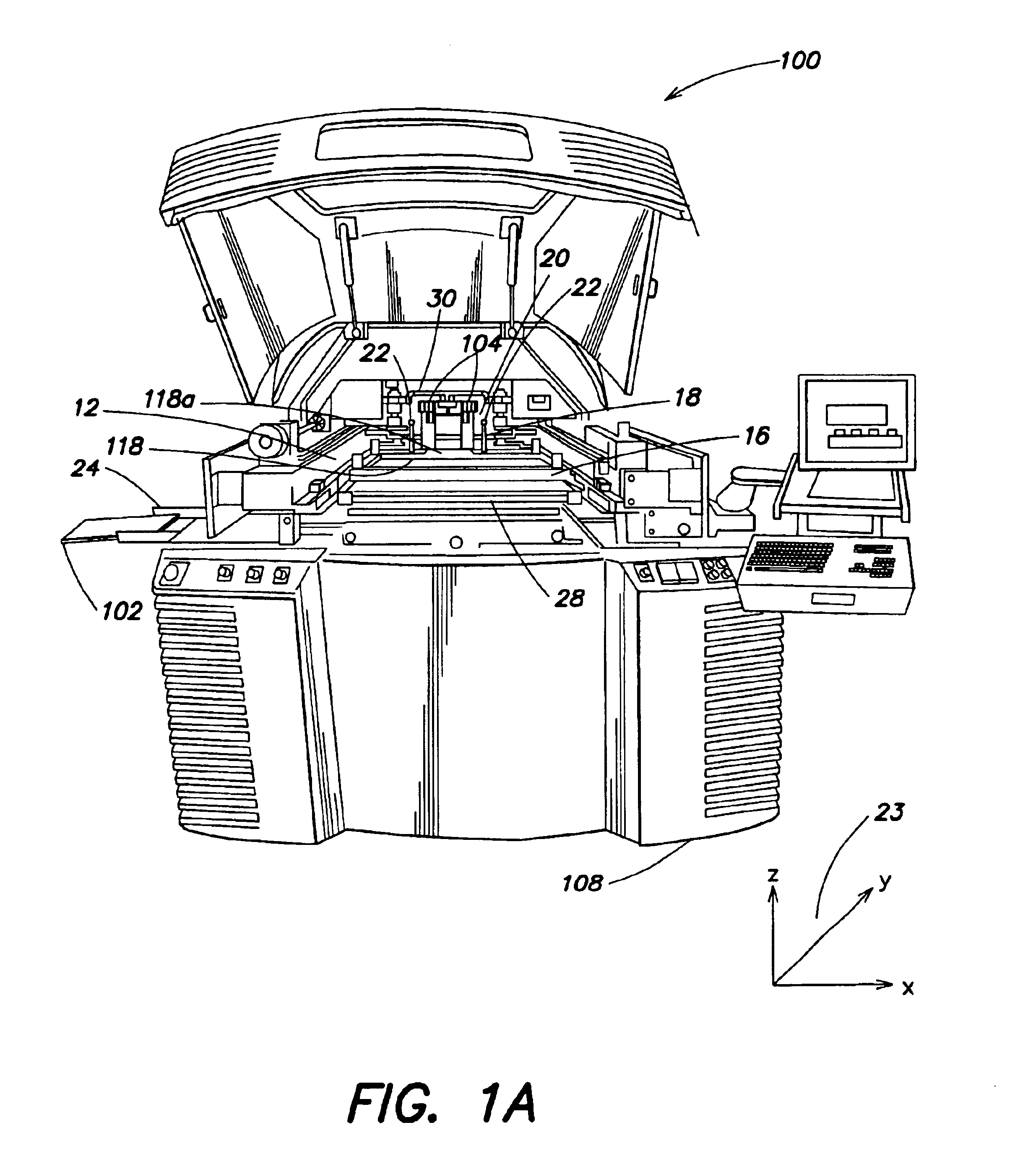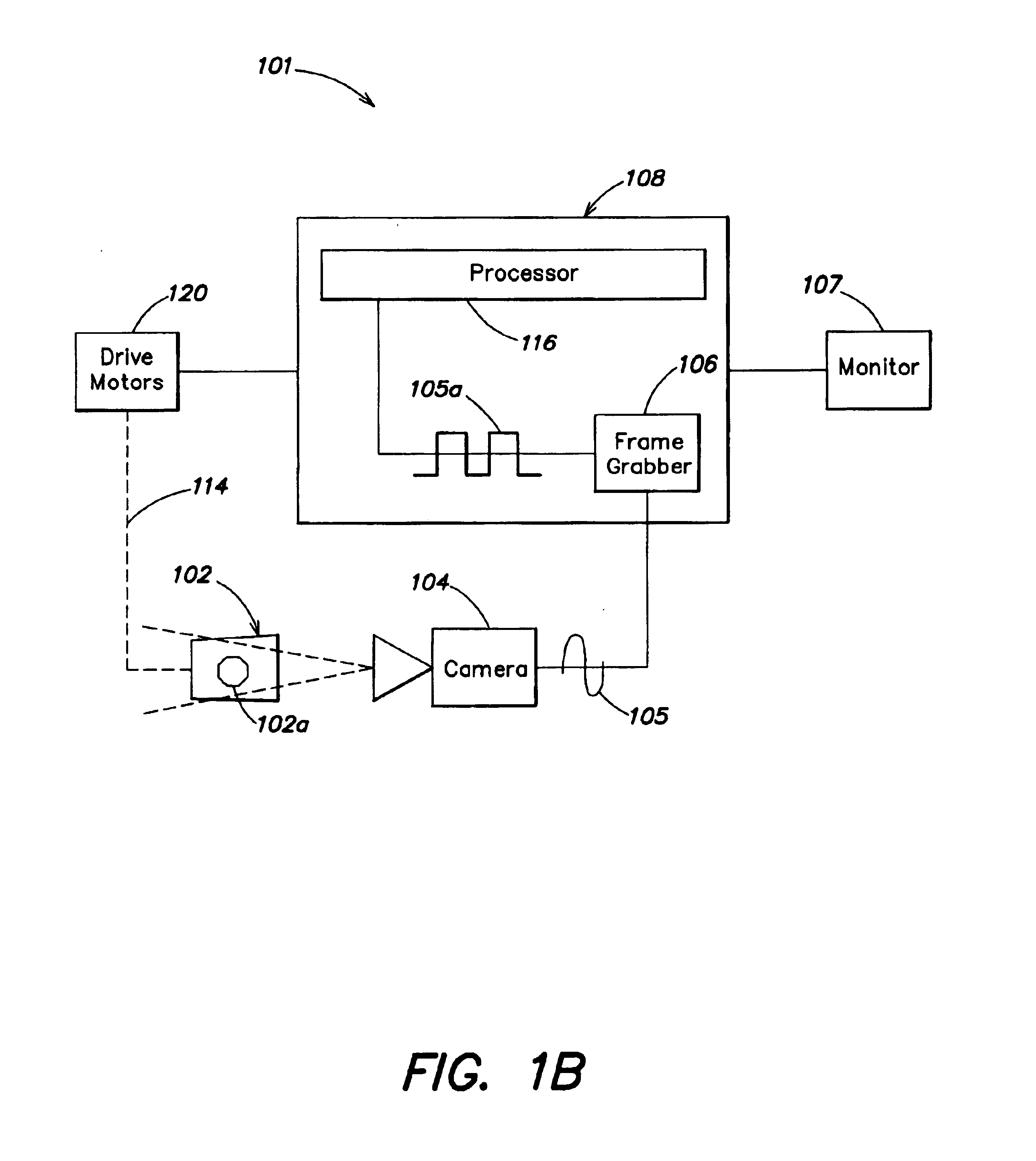Systems and methods for detecting defects in printed solder paste
a technology of printed solder paste and defect detection, applied in the field of machine vision systems, can solve the problems of not having the necessary mass or geometry to adversely affect a given process, gap defects that are actually significant to a process may not always connect adjacent pads, and can not guarantee the existence of bridge-related defects, etc., to achieve the effect of improving the detection of solder paste defects and improving the control of the print process
- Summary
- Abstract
- Description
- Claims
- Application Information
AI Technical Summary
Benefits of technology
Problems solved by technology
Method used
Image
Examples
Embodiment Construction
[0053]One embodiment of the present invention generally relates to a stencil printer utilizing a method for conducting solder paste texture recognition. This technique is used to acquire paste-only images of printed substrates, such as stencils and circuit boards, for use in analyzing and thereafter preventing defects. For example, print defects often occur in the process of printing solder paste on a circuit board using a stencil printer. FIG. 1A shows a front view of a stencil printer 100 in accordance with one embodiment of the present invention. The stencil printer 100 includes a frame 12 that supports components of the stencil printer including a controller 108, a stencil 16, and a dispensing head 118 having a dispensing slot 118a from which solder paste may be dispensed.
[0054]The dispensing head 118 is coupled to a first plate 18 using two thumbscrews 22. The first plate 18 is coupled to a second plate 20 which is coupled to the frame 12 of the stencil printer 10. The first pl...
PUM
| Property | Measurement | Unit |
|---|---|---|
| Grain size | aaaaa | aaaaa |
| Grain size | aaaaa | aaaaa |
| Grain size | aaaaa | aaaaa |
Abstract
Description
Claims
Application Information
 Login to View More
Login to View More - R&D
- Intellectual Property
- Life Sciences
- Materials
- Tech Scout
- Unparalleled Data Quality
- Higher Quality Content
- 60% Fewer Hallucinations
Browse by: Latest US Patents, China's latest patents, Technical Efficacy Thesaurus, Application Domain, Technology Topic, Popular Technical Reports.
© 2025 PatSnap. All rights reserved.Legal|Privacy policy|Modern Slavery Act Transparency Statement|Sitemap|About US| Contact US: help@patsnap.com



